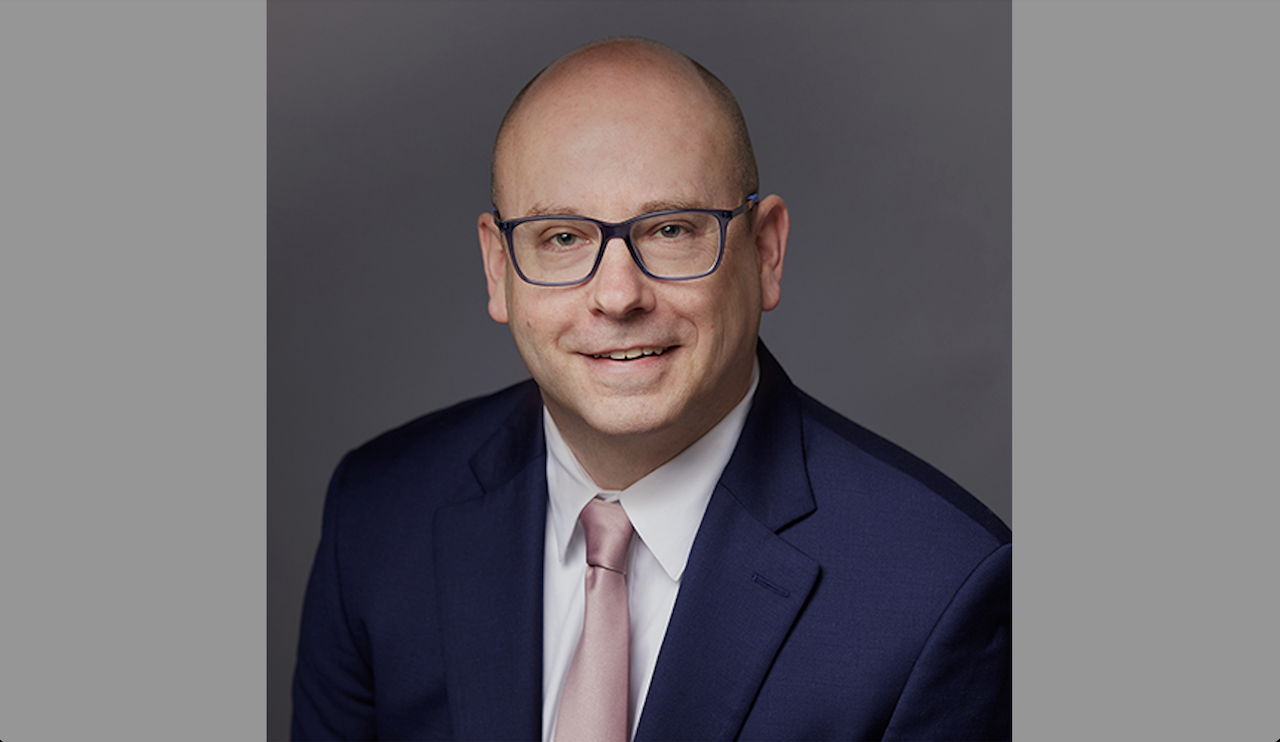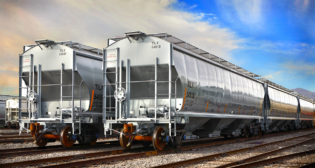
Commentary
Greenbrier Group Meeting Takeaways From TD Cowen
Written by Matt Elkott, Transportation OEM Analyst, TD Cowen
Justin Roberts, VP, Corporate Finance & Treasurer, The Greenbrier Companies
We hosted a virtual group meeting with Justin Roberts, VP, Corporate Finance & Treasurer, The Greenbrier Companies. Mr. Roberts remains confident in GBX's long-term operational plan, launched in April at the company's first-ever investor day. Inquiry and order activity has been solid in recent weeks. He expects stable industry builds at or modestly above replacement for the next few years.
TD Cowen takeaways from Greenbrier Group Meeting:
- Mr. Roberts indicated that the industry’s potentially structural shift towards a less erratic build cycle can be attributed to external factors as well as actions taken by the builders starting even before the Covid-19 pandemic. We note that despite a significant jump in the industry fleet utilization from 68% in July 2020 to the low-80% range in the last couple of years, new-car production averaged ~43K units per year in 2022-23, just above what we see as replacement demand of 40K units. This is despite an average of ~31K units of annual production in 2020-21, below replacement. The external factors that helped limit builds include supply chain disruptions, elevated steel prices, high interest rates, labor challenges, and, more recently, Mexico border challenges. For GBX, the border challenges appear to have affected less than 100 units of delivery in each of the last two quarters. Even so, Mr. Roberts cited the border as a continuing concern for the company and the industry.
- Consistent with insights we recently gathered from various industry stakeholders, Mr. Roberts appears to believe that labor will remain a challenge for the foreseeable future, but it’s more manageable in the company’s Arkansas manufacturing facilities than it was in the Oregon plant, which GBX closed as part of the ongoing operational improvement plan.
- Citing labor and other constraints, Mr. Roberts noted that, even if demand picked up, the industry’s manufacturing capacity would likely be capped at 50-55K units for a while. If labor and other externalities are alleviated, capacity would increase, but, because of right-sizing by the builders over the last five years, would still be well below the 2015 peak of 82K units.
- Inquiry and order activity has been solid in recent weeks, likely at least warranting the aforementioned replacement-level production. There may be early signs in customer channels of a possible gradual recovery in demand for intermodal equipment late this year or early next year. While intermodal cars typically have a lower ASP, Mr. Roberts noted that they would not be dilutive to margins because of the lower manufacturing cost in Mexico.



